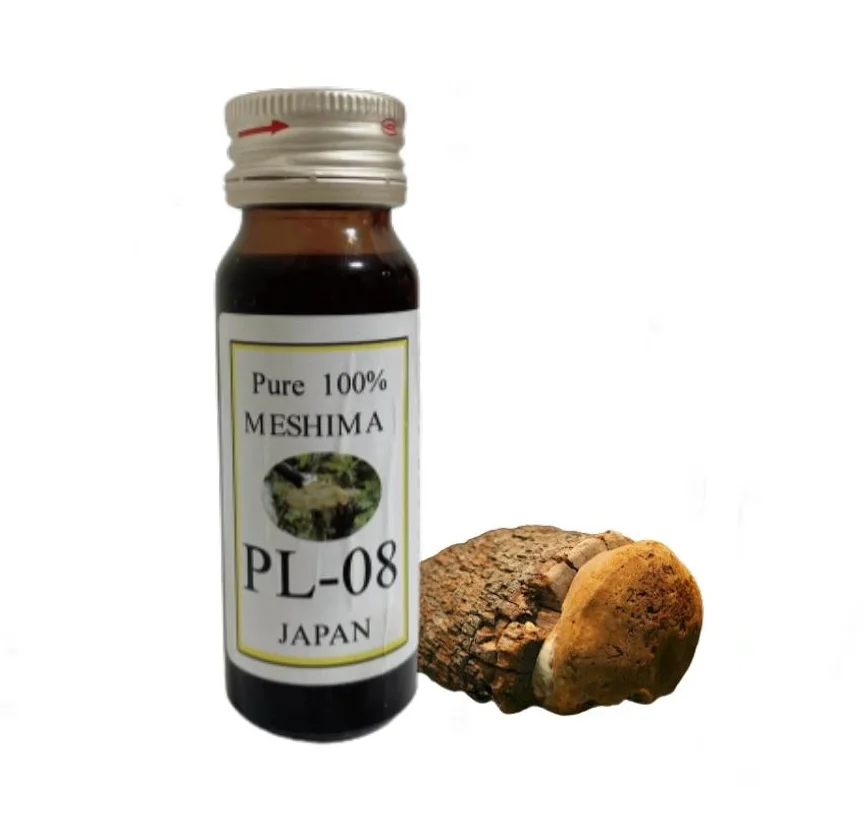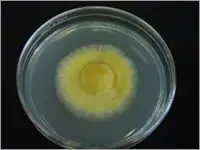

Product Name | PL-08 (Phellinus Linteus) |
Brand Name | Natural Life Care |
Place of Origin | Japan |

In 1968, a research group at Japan’s National Cancer Center published a study on the anti-cancer properties of the black hoof mushroom, and with growing international interest in foods and compounds with potent cancer-fighting properties in the 1960s and 1970s, many studies were conducted on mushrooms which enhance the human immune system in Japan as well.

The black hoof mushroom is called a “phantom fungus” because it grows on mulberry trees more than 100 years old, must be allowed to grow for 30-40 years to reach the necessary size for medicinal use, and will only grow naturally in an environment which meet certain requirements for humidity, temperature, and sunlight, etc., making it extremely rare in nature.

The compounds found in the mycelium of the black hoof mushroom are believed to have the following effects.

• Antioxidant effects
Using hypoxantine and xanthine oxidase, superoxide anion radicals (O2-) trapped by the trapping agent DMPO (5, 5-dimethyl-1-pyrrolineN-oxide) were measured with ESR (JES-FR100) equipment, and scavenging activity (below, “superoxide scavenging activity”) was examined by adding the compounds.
Study of the scavenging activity of cultured fungal mycelium compounds using ESR equipment indicated that black hoof mushroom has comparable scavenging activity to lion’s mane mushroom, which demonstrated the highest values. From these results, it is believed that the compounds in black hoof mushroom mycelium include many compounds which exhibit antioxidant effects against a variety of reactive oxygen species.
• General toxicity testing and anti-allergy effects
In order to test its effectiveness in suppressing Type I allergies, mice exhibiting naturally occurring atopic dermatitis were used to test compounds extracted from black hoof mushroom mycelium using hot water as well as compounds from culture filtrate.
The results successfully isolated and identified the nucleosides adenosine and N-hydroxy-N-methyl adenosine, and these compounds had a histamine release inhibition ratio of 30% and 27% respectively.
Based on these results, black hoof mushroom mycelium compounds can be expected to have the double effect of suppressing IgE values in living organisms and inhibiting histamine release, so it is hoped that they can be used as a means to protect against allergies, which are projected to spread widely throughout the population of Japan.
• Histamine release inhibition
The compounds extracted from black hoof mushroom mycelium using hot water were divided into alcohol-soluble and water-soluble fractions for testing, and subfractionation was performed using liquid chromatography. The results suggest the possibility that they exhibit inhibiting effects on inflammation (itching, etc.) induced in the extremities, a symptom of many allergies.
• Anti-tumor effects (in vivo)
In order to study the effects of compounds derived from black hoof mushroom mycelium in living organisms, the test materials were divided into the compounds extracted from mycelium using hot water and the culture filtrate, and animal testing was performed. The results of the tests on tumor inhibiting effectiveness using sarcoma-180 tumor-bearing model mice indicated that both compounds extracted with hot water and culture filtrate from black hoof mushroom mycelium exhibit high levels of anti-tumor activity at 75.4% and 62.2% respectively.
• Anti-tumor effects (in vitro)
Upon investigating the ability of compounds derived from black hoof mushroom mycelium to suppress cell growth and induce apoptosis in HL-60 cells (cells derived from human myeloid leukemia) by examining stained samples via microscope and checking for the presence of DNA fragments, the compounds extracted with alcohol and alkaline solution (24% NaOH) were found to have cell growth inhibiting effects.









